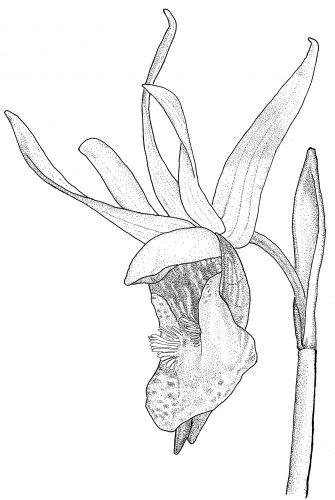
When I step outside at bedtime and see the Big Dipper practically overhead, I know that summer is on its way. I always feel most comfortable when I’m out in the wild if I know exactly where Polaris, the North Star, is. During the summer the Big Dipper is my sighting guide. In fall and winter it is Cassiopeia (known in our family as the Big W) that is the best Polaris finder high in the sky.
The ponds are full of life these days. There is little more enjoyable than sitting on a bench by the Delta Ponds and watching fuzzy goslings learning to forage greens under the watchful eye of their parents. Mallard ducklings come on the scene a little later. Both are unperturbed by bird watchers.
Fringe cup is starting to bloom in valley woodlands. Formally known as Tellima grandiflora, fringe cup is an easy to grow native plant for the shade garden. It makes a good companion to sword ferns. The fringe cup is unusual among our woodland herbs because its leaves remain lush and green throughout the summer. The leaves of most herbaceous perennials wither and disappear in the summer. Fringe cup is also unusual because its seeds do not germinate when their capsules open. They have a heat requirement and wait for the rainy season before sprouting.
The forest floor is now reaching peak flowering of lady slipper orchid, Calypso bulbosa. Unlike fringe cup, it is very difficult to grow and dies if transplanted.
David Wagner is a botanist who works in Eugene. He teaches moss classes, leads nature walks and makes nature calendars. He can be contacted through his website, fernzenmosses.com.